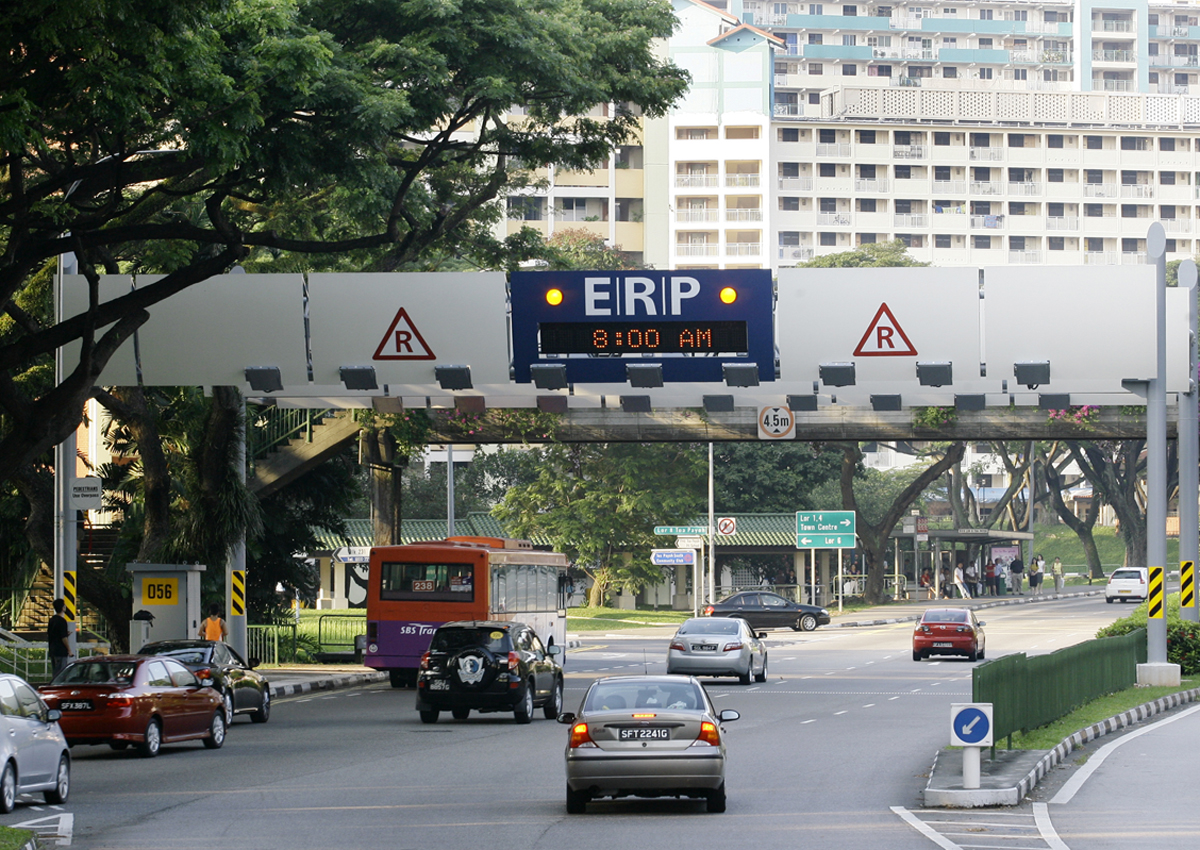Electronic Road Pricing (ERP) data and public transport cameras will be added to the Home Team’s arsenal in the fight against terrorism and serious crime – as the Government toughens its stance on the use of such information in the face of mounting threats.
This announcement by Home Affairs Minister K. Shanmugam during his ministry’s Budget debate yesterday saw MPs raise worries about possible abuse of such data. But he stressed that with the threat of a terror attack on Singapore at its highest level in recent times, “we have to use all available resources”, and these include the ERP system and public transport cameras to track travel patterns of suspicious individuals.
This will be part of a multi- pronged approach, which will include increased intelligence sharing with foreign agencies, strengthening protection of hard and soft targets, and beefing up Singapore’s community response with SG Secure.
Mr Shanmugam described SG Secure, which will be rolled out later this year, as not just another public awareness campaign but a “call to action”. It will help the community “stay alert, stay united and stay strong” against terror threats, added Parliamentary Secretary for Home Affairs Amrin Amin.
Singaporeans will be trained to be vigilant, how to respond in the face of an attack, and to be more resilient and bounce back quickly after any incident. There will also be a focus on maintaining social cohesion.
The community initiative will start with programmes in neighbourhoods and schools, Mr Amrin said. Emergency preparedness will be taught and uniformed groups will be mobilised to champion the importance of vigilance, cohesion and resilience.
Technology will also have to be used effectively to help the Home Team cope with the manpower squeeze, and this includes making a major investment to put more police cameras in public places – an initiative Mr Shanmugam described as a “key plank” in the country’s counter-terrorism strategy.
But the use of traffic cameras and ERP data caused some concern in the House. Workers’ Party MP Pritam Singh (Aljunied GRC) and Nominated MP Kok Heng Leun asked how the Government would ensure the data would not be misused.
In February, privacy concerns were raised when the Government announced it would be rolling out the next-generation ERP system, which can track the precise whereabouts of vehicles round the clock.
“If we don’t rely on the existing data, then we have to spend taxpayers’ money to redo the entire infrastructure to look at how people move, because that’s one of the ways in which you now analyse patterns, apart from other data,” said Mr Shanmugam yesterday.
He said the Ministry of Home Affairs (MHA) will establish a framework on how the data can be used, and individuals caught using it inappropriately will be subject to the criminal justice system. The possibility of abuse should not automatically mean “we don’t collect the data or use it in the first place”, as this would leave law enforcement without tools to prevent or respond to an attack.
He highlighted that in the wake of the Paris attacks last November, the authorities were able to see where the terrorists had been by tracking them through cameras.
Several MPs asked if manpower constraints would hamper counter- terrorism efforts. Mr Louis Ng (Nee Soon GRC) said there has been “a slower pace of recruitment” in the Home Team for the past decade.
Mr Patrick Tay (West Coast GRC) added that there would be a need for more resources and manpower as the police “enhance and stretch their capabilities to make Singapore safe and secure”.
Mr Shanmugam said a new operating model was needed for the Home Team. It would leverage technology and use data analytics to focus its resources on high-priority hot spots.
At the same time, MHA is working on enhancing the size of its emergency response teams – special teams that will be able to respond to simultaneous attacks in multiple locations.
“Numbers will have to be increased. There is really no choice. If we don’t, then in my view, we take unacceptable risks,” said Mr Shanmugam.
dansonc@sph.com.sg

This article was first published on April 7, 2016.
Get a copy of The Straits Times or go to straitstimes.com for more stories.

















































































